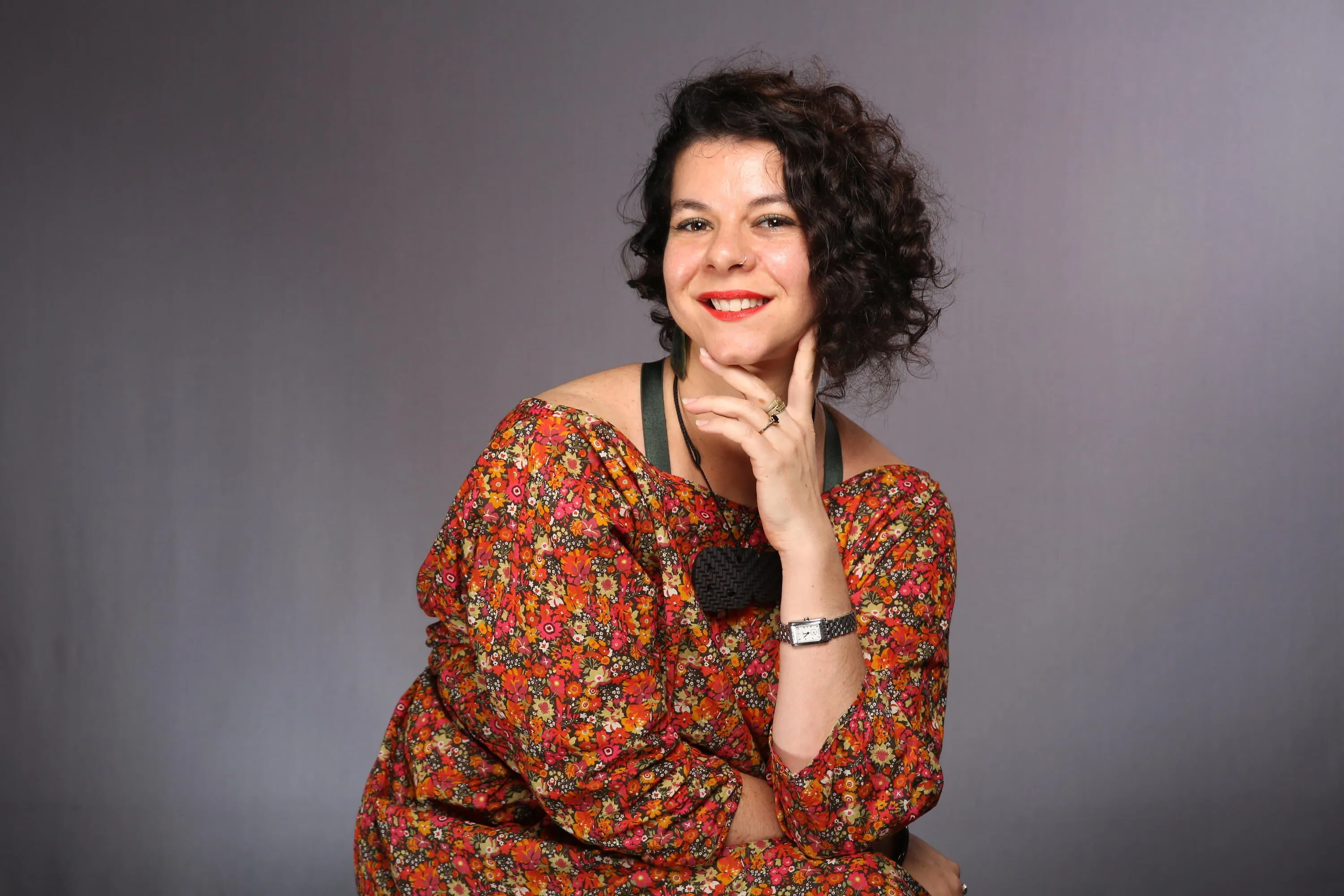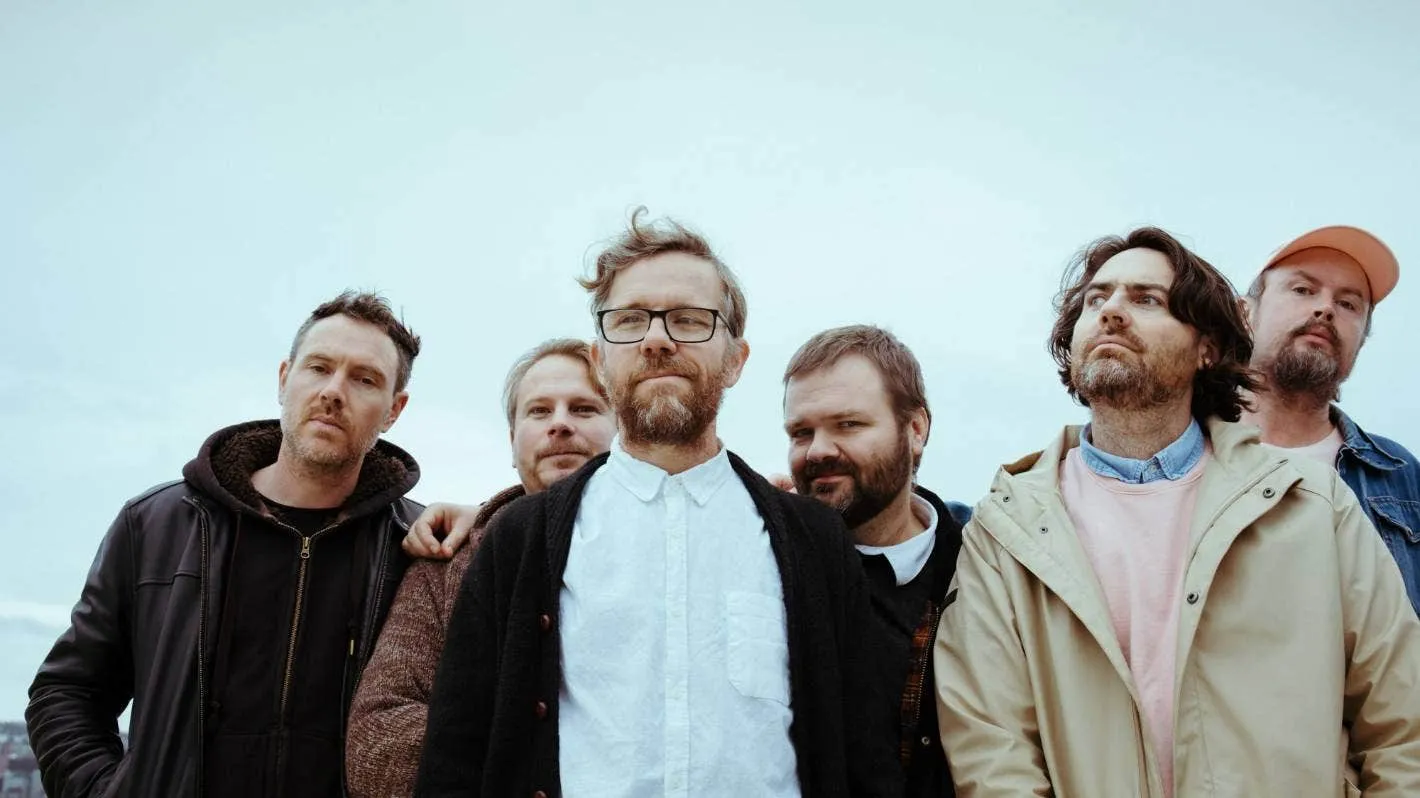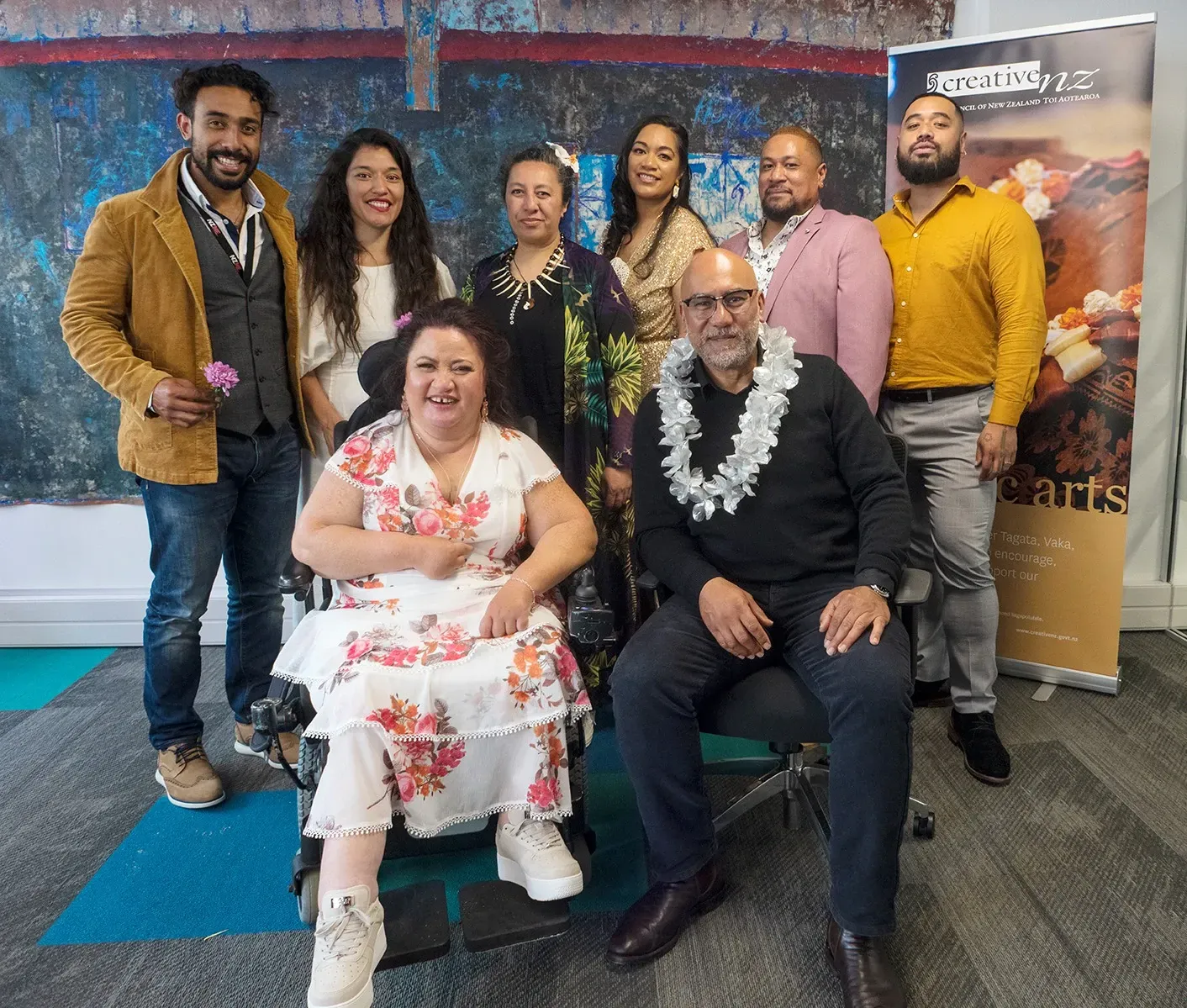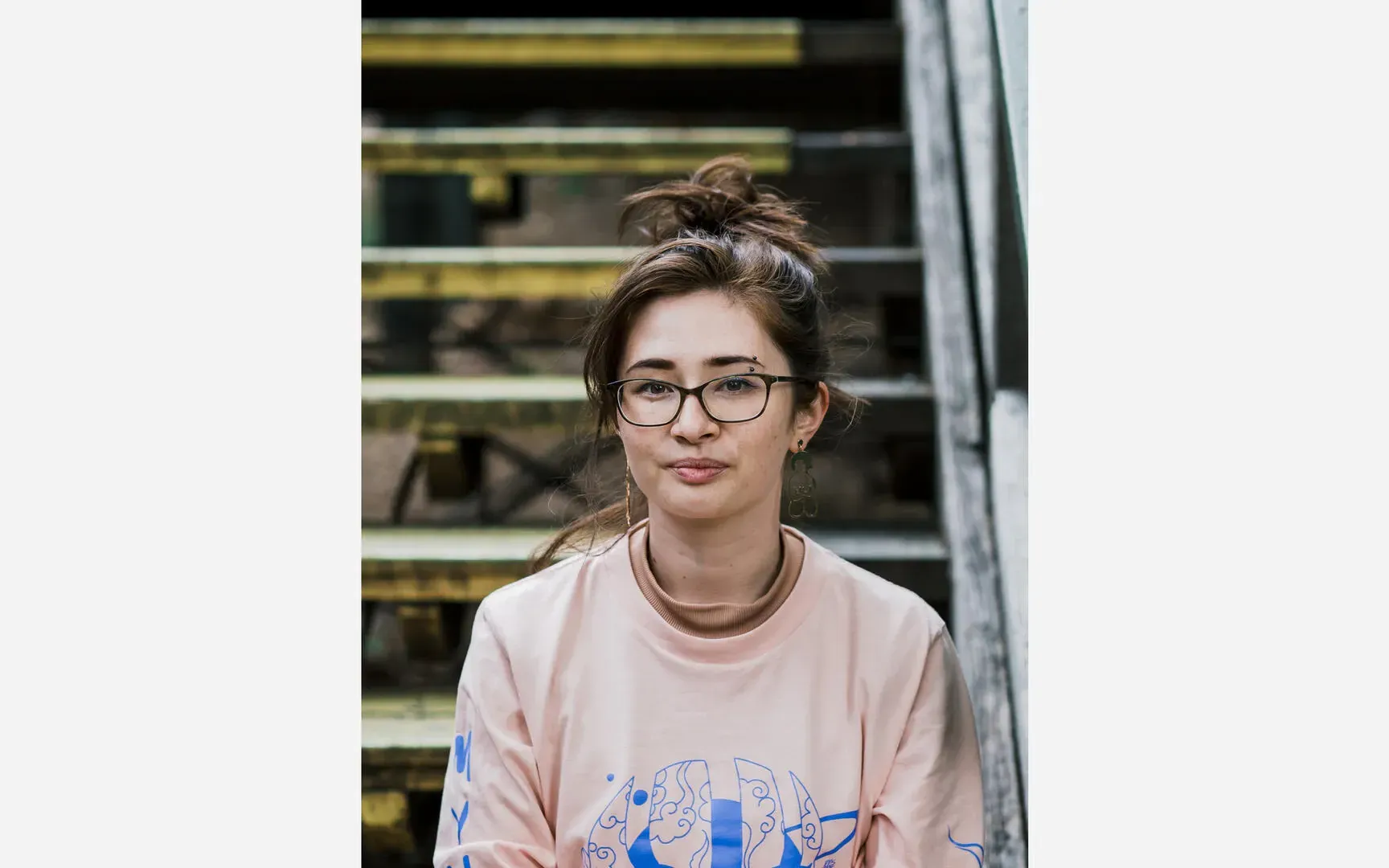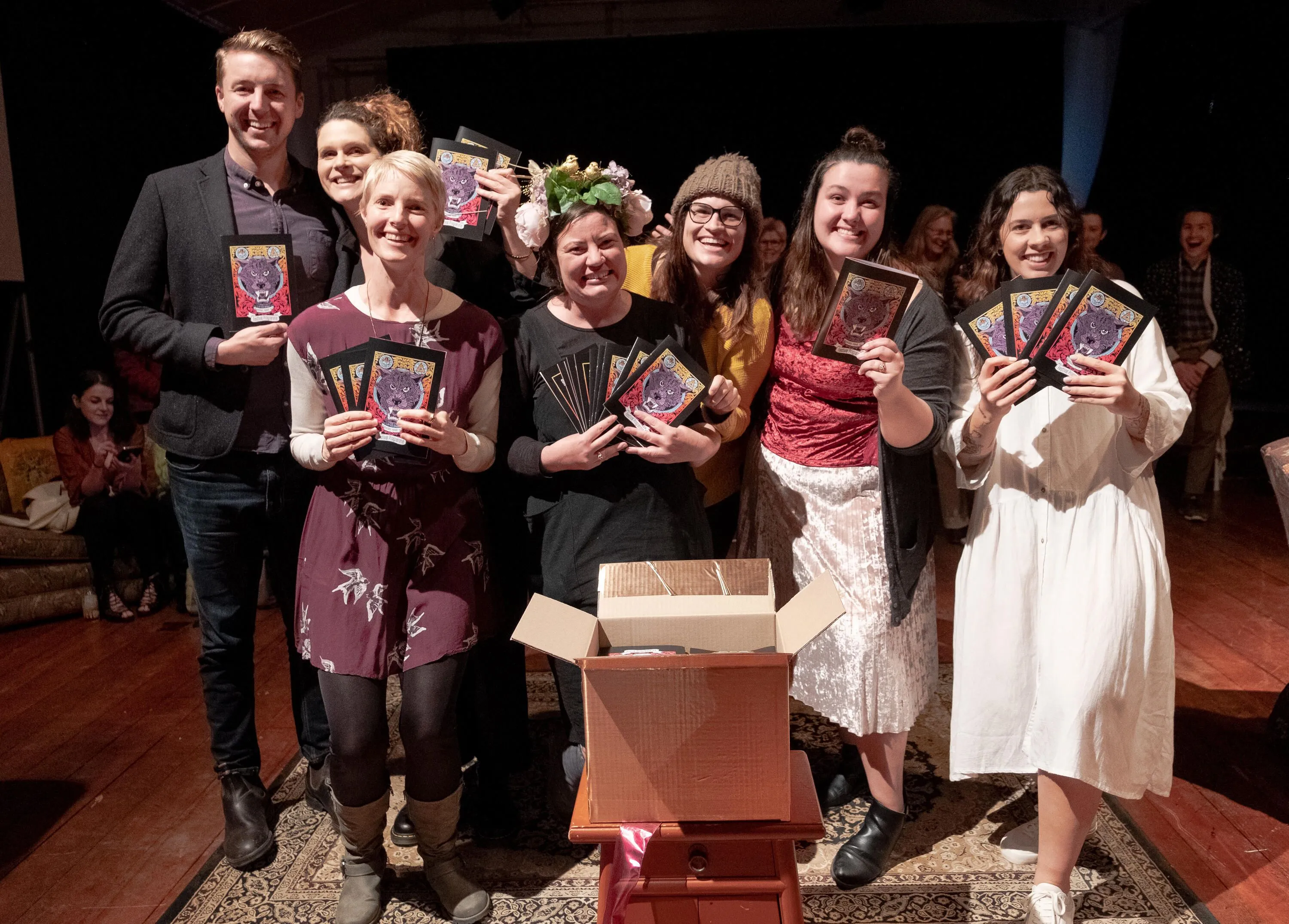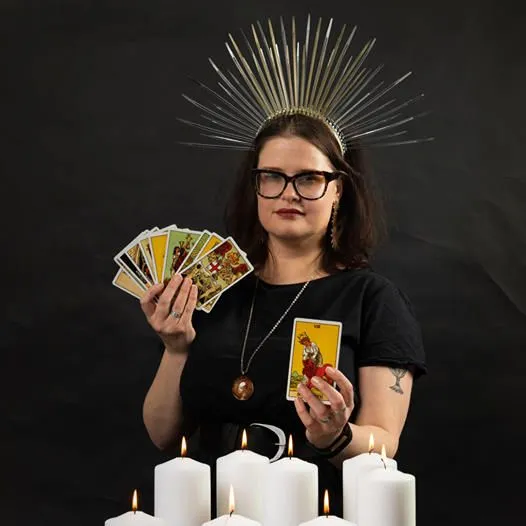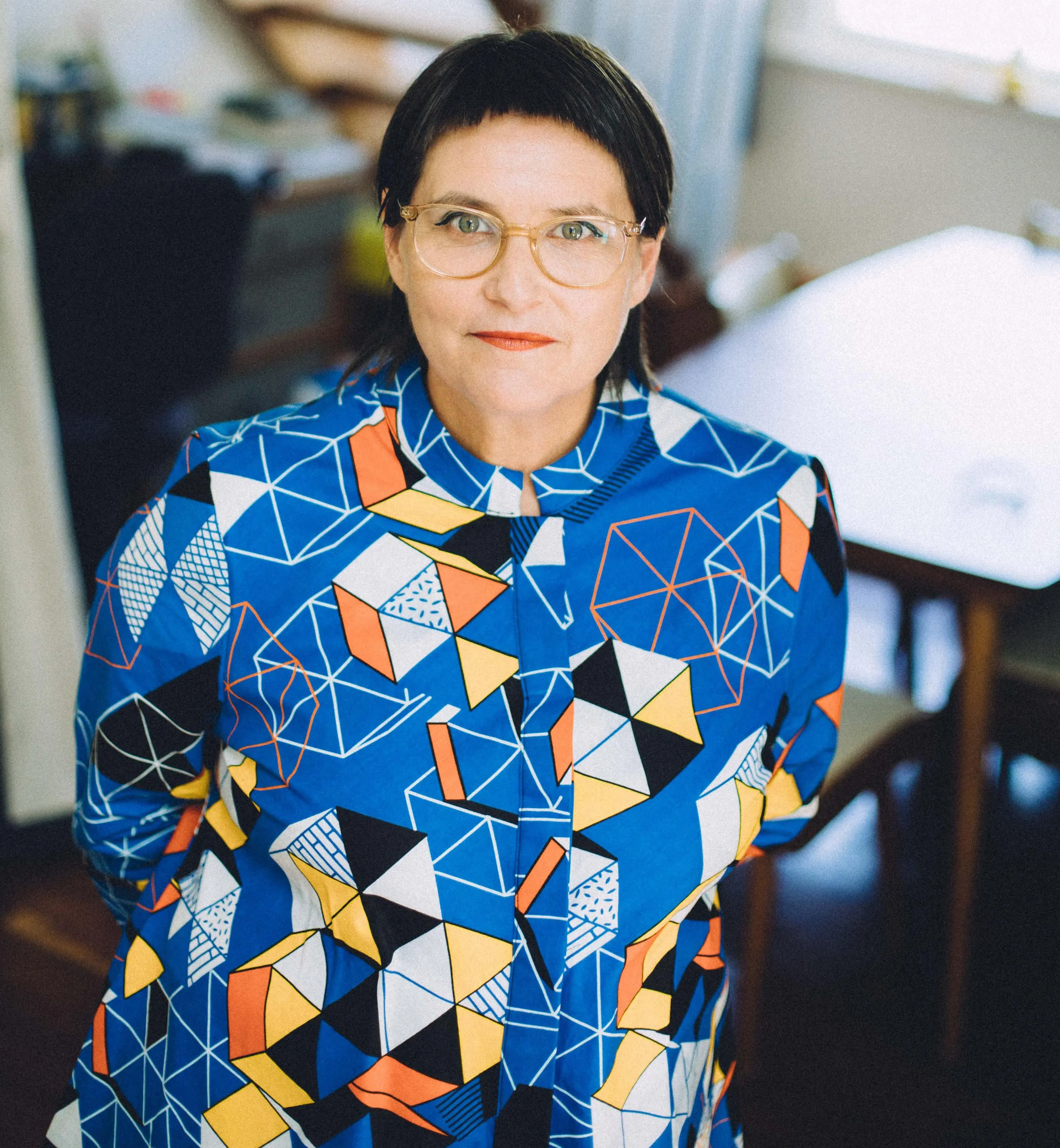What Makes us Different Makes us Stronger
Written by
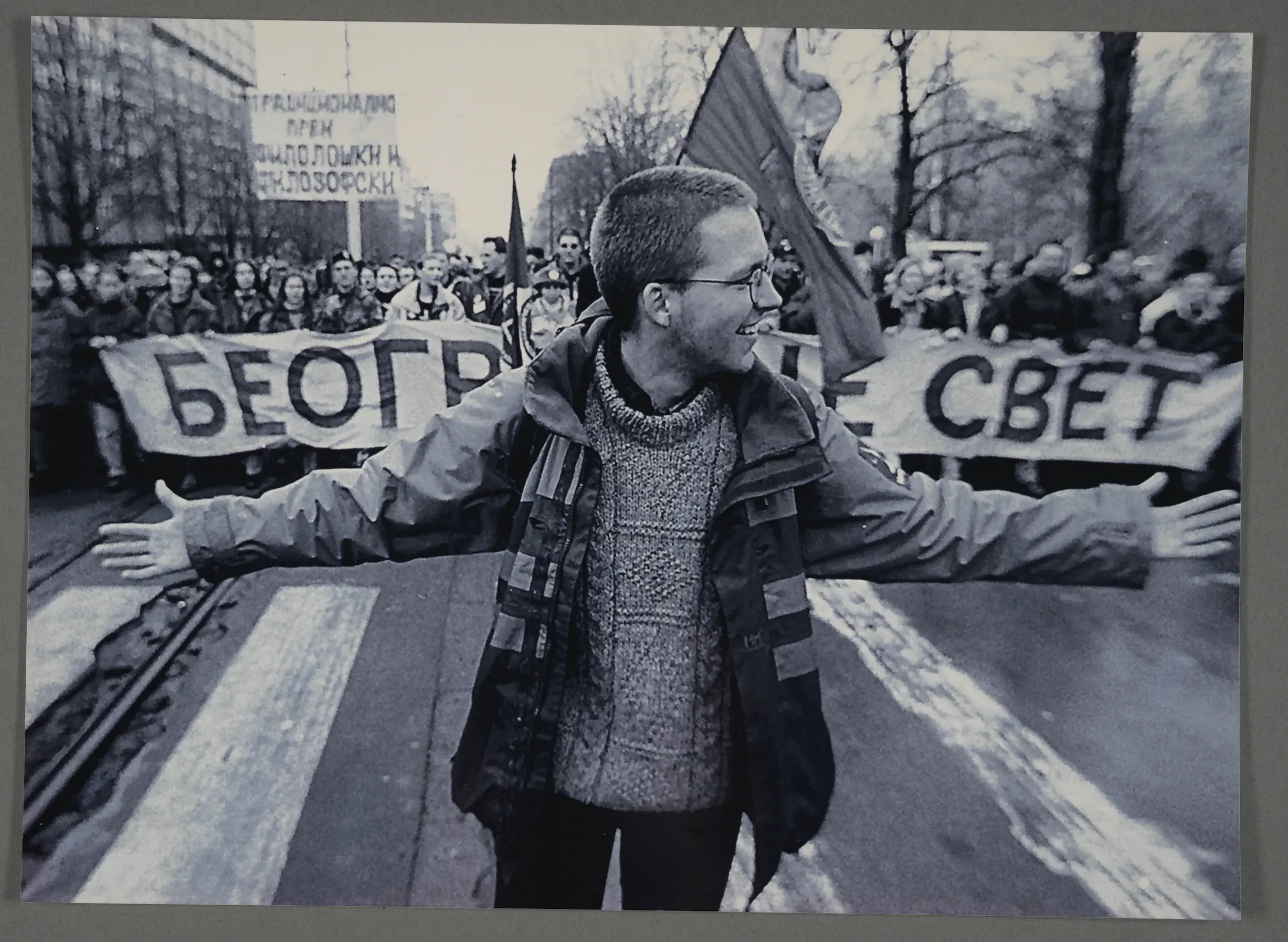
Experience of exile
New Zealanders whose whānau escaped conflict elsewhere in the world make up a big part of our population. But, arguably, their stories historically are downplayed next to nation-building and colonial narratives, centred last century around our participation in two world wars. Welcome then this week is a powerful meditation by Dina Jezdic on how it was to emigrate here from Serbia, and how COVID and events in Belgrade this year have brought things to the surface.
It’s one of five articles forming Cenotaph Stories: Contemporary Reflections from Auckland Museum, a series funded through a Copyright Licensing Grant which aims to “capture contemporary responses to COVID-19 by exploring the similarities, parallels, and perspectives that emerge from considering the pandemic response in the contexts of peace and conflict, and remembrance and commemoration.”
“My family are four of the 300,000 people who emigrated from Serbia in the 1990s.” writes Jezdic. “To be an exile was to be a failure in all that I did. Like being too visible in everything I wore, said, did, what my lunchbox contained. Everything about me screamed ‘other’, ‘newcomer’, ‘migrant’.”
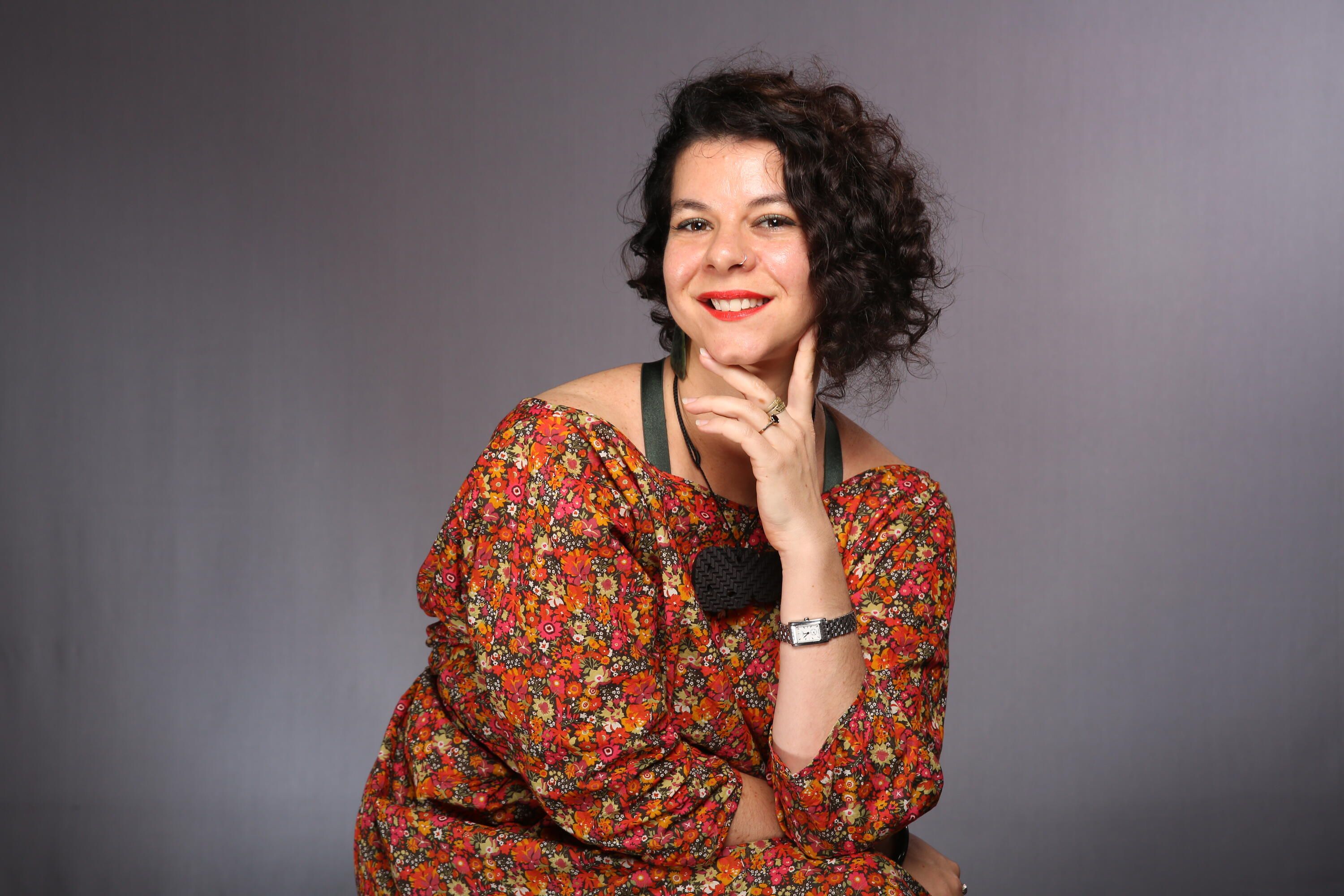
Dina Jezdic. Photo: Obama Foundation Asia-Pacific Leaders.
Jezdic discussed with Lynn Freeman on RNZ’s Standing Room Only about how lockdown spoke back to Belgrade lockdowns she experienced, and the anxiety many immigrants will have felt from their family’s past experience. As an aside: Jezdic also published on The Big Idea last week a conversation with Tautai director Courtney Sina Meredith, suggesting the types of leaders we are choosing is changing - something in the vein of Saturday night’s election results.
I didn’t expect at this point to have a segue into the Phoenix Foundation releasing their first album in five years, Friend Ship. But, in this smashing Grant Smithies Stuff feature, the band’s Luke Buda talks about the bullying he received at school as a Polish immigrant, chronicled in the autobiographical ‘Ragged Glory’ - a fine song from a fine album.
“I was born in darkness,” Buda sings, “Behind the Iron Curtain. Lining up for flour. Drunk on people power. And vodka. Yes. They gave vodka to a child.
“I came across the ocean. On a wave of mixed emotion. Found a kind of Eden. Now I’m high on personal freedom. But I’m drowning in debt.”
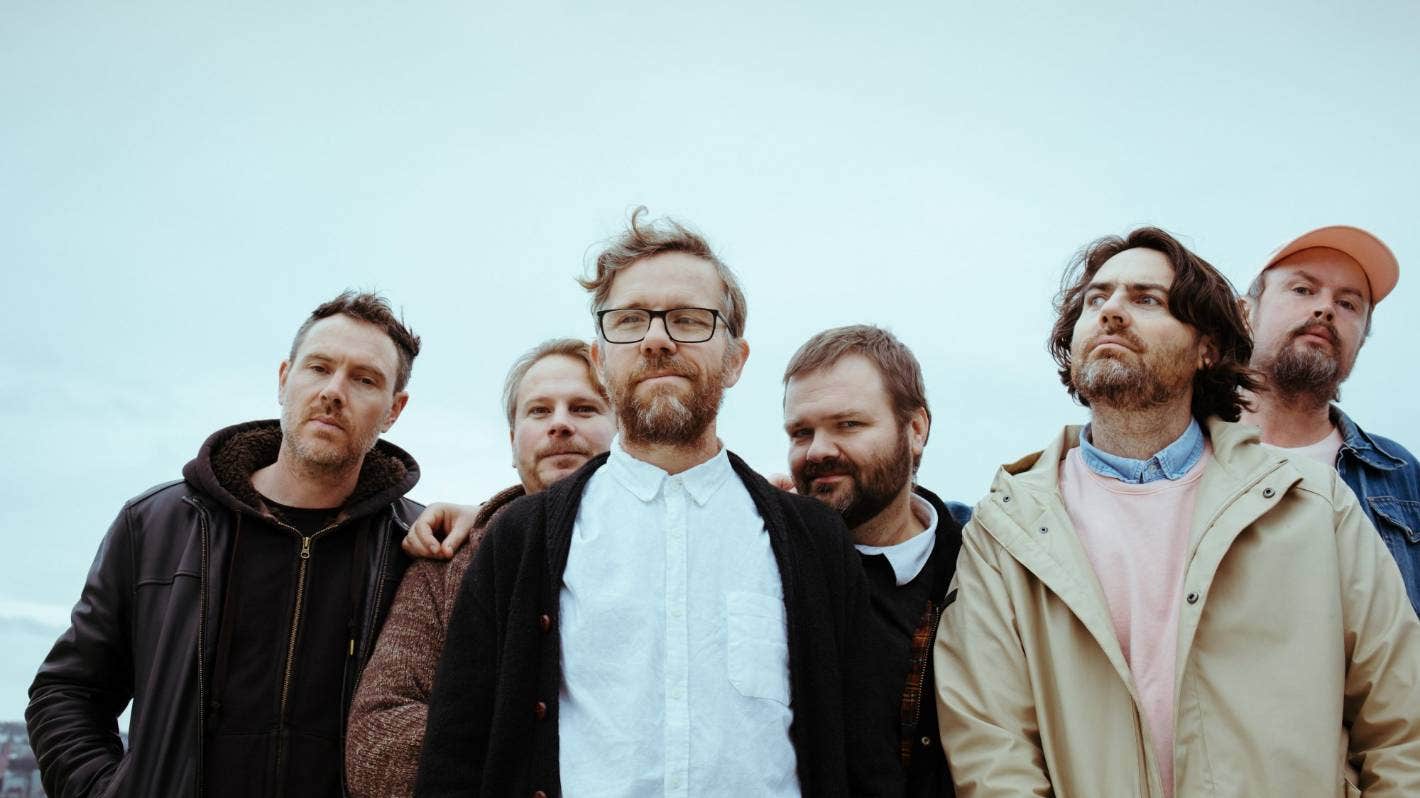
Phoenix Foundation (Luke Buda third from right). Photo: Ebony Lamb.
My favourite bit of Phoenix Foundation media this week is this wide-ranging, often hilarious discussion on US artists’ media platform Talkhouse between longtime friends Jermaine Clement, Buda and fellow band member Samuel Flynn Scott.
Bring on the brave and new
Labour has come back to power in New Zealand with a significantly increased majority, and for the arts ahead, soon, is the roll out of a substantial Arts and Culture COVID Recovery Programme through Manatū Taonga, the Ministry of Culture and Heritage.
However, we’re seeing a consistent thread of criticism of the government around lack of detail in policies and strategies (this post-election New York Times story as example).
With the arts, it is no different.
Director of Auckland Art Gallery Kirsten Paisley told Stuff reporter Ripu Bhatia last week that “we need to start looking at brave, new and adventurous policy initiatives that are going to enable us to invest in creativity,” despite the recovery fund draft details having recently been announced.
It’s a slightly odd arts media story, framed around the call to bring back an artists wage - AKA the PACE scheme under Helen Clark. Its return was Labour party policy going into the 2017 election, but the flaws of the scheme’s detail then have been plenty criticised; it is coming back in some new form as part of the recovery programme as a new ‘Creative Career Service’, a partnership between Manatū Taonga and the Ministry for Social Development.
Rather than offering an artists’ wage, it is billed briefly as linking people to job opportunities. That sounds quite different. The ministry has provided an update that it will begin to be piloted in November in Auckland, with pilots in Waikato and Nelson to follow in the first half of 2021. Details on this, alongside the other recovery fund initiatives, have yet to be released - the public period for feedback to the Ministry only finishing a month ago on 22 September. Watch what is likely to be a busy space between now and Christmas.
Pasifika online
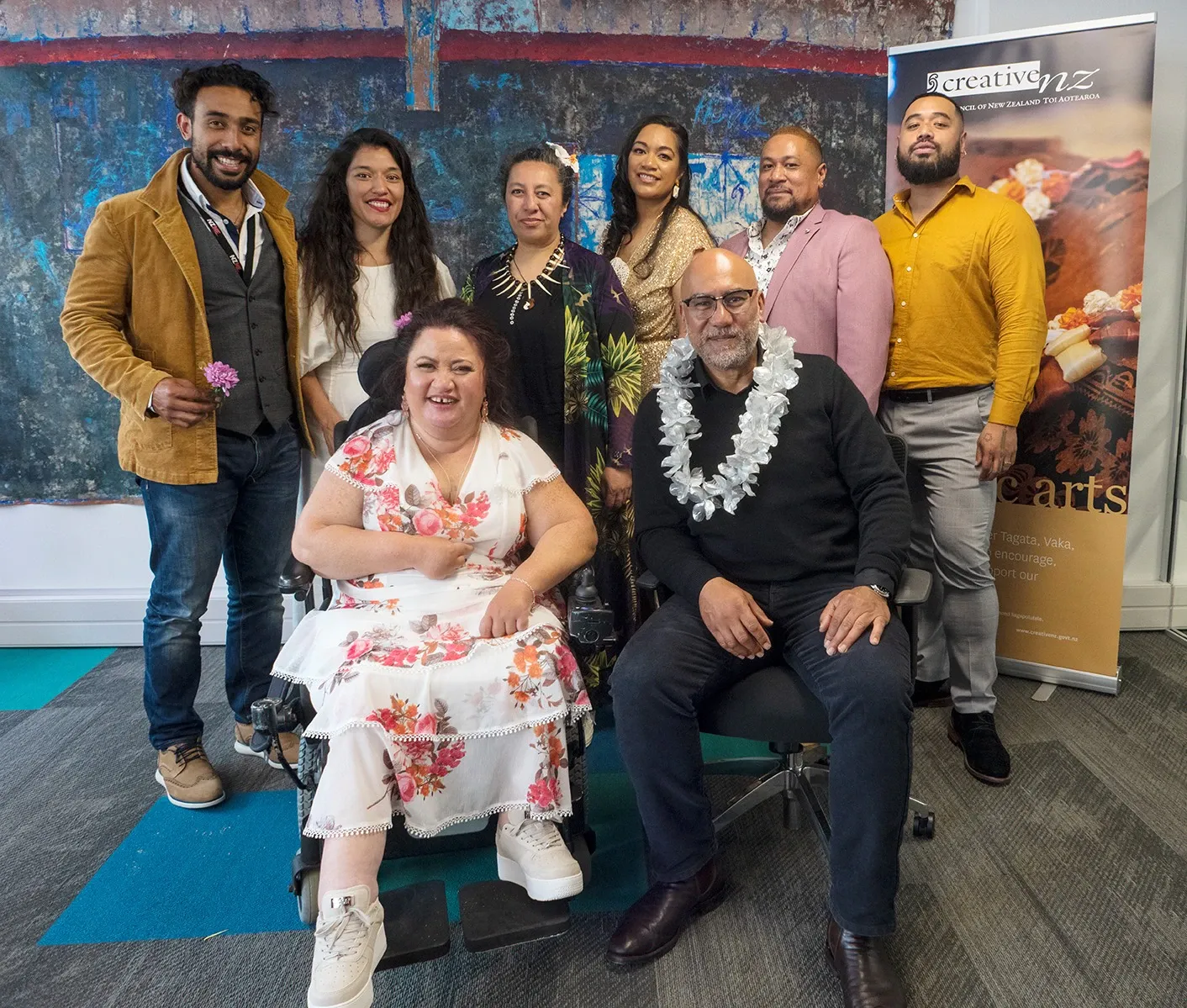
Creative New Zealand Arts Pasifika Awards 2020 recipients. Photo: Raymond Sagapolutele/CNZ
It’s one of the great art parties of the year, but sadly, this year it all had to go online - the Creative New Zealand Arts Pasifika Awards 2020 recipients were announced on Wednesday in an online ceremony (which at least sees far more of the diaspora able to participate). The range of recipients really represents the strength of Pacific arts practice.
Visual artist Michel Tuffery has been a trailblazer since the ‘90s, so well deserved is a Senior Pacific Artist Award, while Cora-Allan Wickliffe’s hiapo has been a force to be reckoned with of late, gaining the Pacific Heritage Arts Award.
Two members of another force, FAFSWAG have won awards: Tanu Gago a Pacific Contemporary Artist Award and Pati Solomona Tyrell an Emerging Pacific Artist Award, and kudos to Pacific Underground founder Tanya Muagututi’a, who got a Special Recognition Award for her consistent support of Pacific theatre practice. The other winners were Touch Compass duo Pelenakeke Brown and Lusi Faiva, and Sol3 Mio’s Moses Mackay. You can see what the awards mean to these talented creatives in the video below.
Getting residential
Novelist Pip Adam has been appointed Te Herenga Waka—Victoria University of Wellington International Institute of Modern Letters and Creative New Zealand Writer in Residence for 2021 - the news is here on NZ Poetry Shelf.
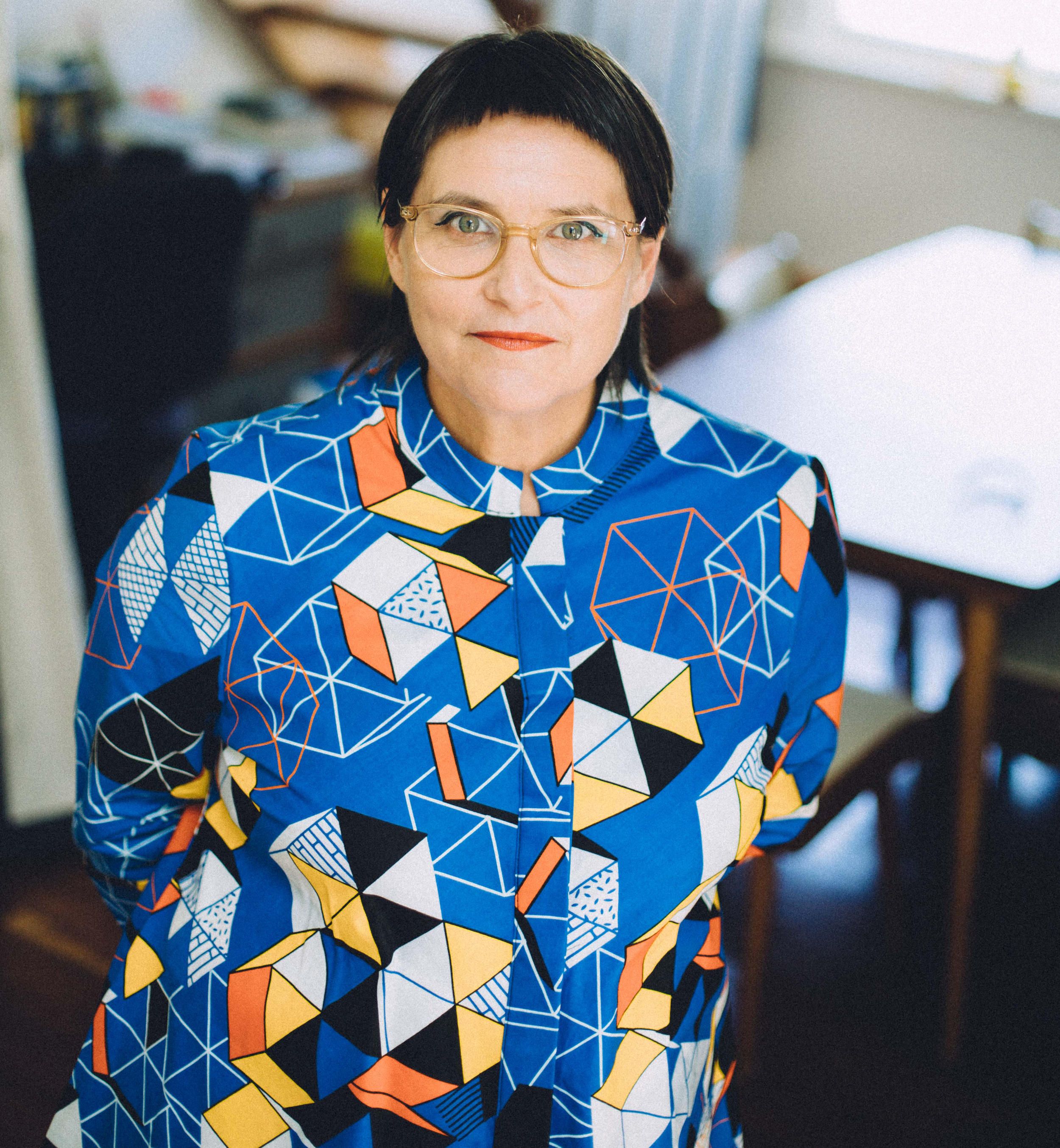
Pip Adam. Photo: Ebony Lamb.
Novelist Becky Manawatu meanwhile has been named next year’s University of Otago Burns Fellow, arguably our most illustrious literary residency. Also announced, Lucy Marinkovich as Caroline Plummer Fellow in Community Dance and Heather McQuillan as University of Otago College of Education Creative New Zealand Children’s Writer in Residence. This year’s Frances Hodgkins Fellow, Bridget Reweti, and Mozart Fellow, Kenneth Young, have both received fellowships for a second year.
Speaking of salubrious residencies, Steve Braunias has announced that winners of the annual Surrey Hotel-Newsroom award will now also get a cash prize “in the vicinity of $5000, maybe more” thanks to the patronage of painter Dick Frizzell and Bob Harvey. Frizzell is offering funds from royalties from his about-to-be released book Me, According to the History of Art (described as “a fast-paced romp through the history of Western painting”) and Harvey, from his fees from the Public Lending Right fund which offers writers fees for books held in libraries. Great ideas for the recirculation of book profits.
Meanwhile Waikato University is planning to sell the late Michael King’s former retreat in the Coromandel, which has been used by many writers. The family have been given first right of refusal to purchase but need support to do so to ensure it remains a residency space for writers, as King intended. Michael’s daughter, writer and Word Christchurch director Rachael King spoke with Stuff.
Speaking of Christchurch, Stuff reports one of the first homes rebuilt in the residential red zone could be for a new artist-in-residence programme, thanks to the Sutton Heritage House and Garden Trust and LINZ. It would sit next to the former home and studio for 47 years of painter Bill Sutton, which has been saved from demolition and restored. Sutton’s distinctive house, designed by fellow artist Tom Taylor, will reopen in March as an artists’ residency and community space, with fundraising to follow to build the new house. Trustee Dame Ann Hercus says they see Sutton house providing an important heritage connection point for people with the histories of their past homes in the red zone, shared through workshops and events.
Seismic funding needed
Speaking of earthquakes, NZ Herald used the unfortunate expression of ‘shaky ground’ to express the state of the planned National Music Centre project for Wellington, a partnership between Wellington City Council, Victoria University and the NZSO.
They report that the cost of redeveloping a key building, the Municipal Office Building in Te Ngākau Civic Square is now $84 million, nearly double the original estimate. This sits alongside the escalated costs for council of restoring the Town Hall next door, and of course continued discussion on the fate of the former central library building. NZ Herald made an official information request to council to look at correspondence between the three parties in July, which they report they still have not received.
This is a difficult time for public arts and cultural facilities in Wellington, to say the least. The St James Theatre, NZ Herald also noted, needed double its original estimate for seismic restrengthening. And down Courtney Place, iconic theatre venue Hannah Playhouse (home once of Downstage Theatre) also remains closed, after a lease of the building by Experience Wellington came to an end in June.
Further south, Southern Institute of Technology’s head of new media, arts and business Hamish Small is boldly calling their new Centre of Creative Industries, due to to be finished in late 2021, “the most contemporary creative site in the country for education.” It sees a conversion of St John’s Church in Invercargill’s CBD, and will host SIT’s school of music and screen arts, covering “animation, fashion technology and concept art.” You can find Small’s large declaration here on Stuff.
And by the time you read this, Christchurch City Council will likely have decided whether to give the Christchurch Arts Centre $150,000 to help keep it open.
Watch these spaces

Vanessa Mei Crofskey. Photo: Supplied.
Tāmaki Makaurau producer and artist Vanessa Mei Crofskey has been appointed new Director of contemporary art space Enjoy in Wellington. It’s a significant time for the gallery in a new expanded space, as Kerry Ann Lee and Natalie Jones have been appointed this month to the board of trustees as tia tuarua, co-chairs. Meanwhile in Dunedin, Mya Morrison-Middleton is Blue Oyster Art Project Space's new Public Programme coordinator.
Writing on art
One of the Aotearoa art world’s most significant new books, Vincent O’Sullivan’s ‘biographical portrait’ (different from a biography?) of Ralph Hotere, The Dark Is Light Enough is out in the middle of next month. Here’s an interesting interview conducted by Bruce Munro for the Otago Daily Times with O’Sullivan in Port Chalmers, where he now lives - Hotere’s old stomping ground.
In a time when art criticism is rarer, it’s welcome to see a review in Architecture Now of a fascinating installation at Adam Art Gallery over winter, which raised lots of questions for me about the role of the gallery. Part exhibition and part research room about violence against non-Pākehā in New Zealand, architecture lecturer Rebecca Kiddle asks of Violent Legalities “who is served if it is confined to an art gallery in the bowels of an academic institution? The team may well have plans for wider dissemination, so this may be an unfair criticism, but these are not immediately obvious. The premise of the project and the body of work is something that deserves a wider viewing and I’d hate to see its dissemination limited to the middle-class few who frequent art galleries followed by a flat white and Florentine.”
Thriving festivals
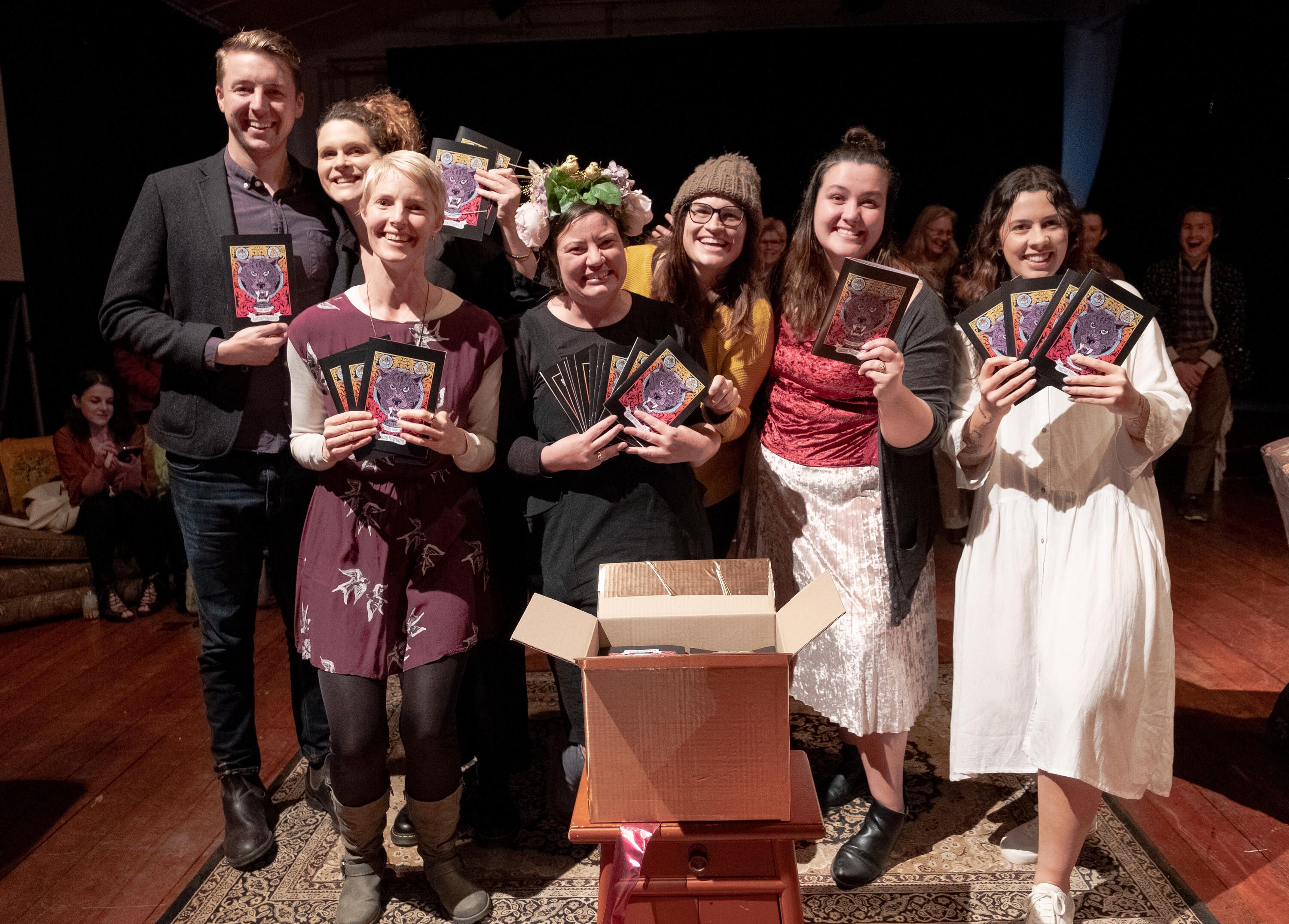
Whangārei Fringe 2020 programme launch organising team.
Great to hear word from Whangārei this week that their inaugural Fringe - in difficult times - has been going well, with many shows selling out. The festival continues til 26 October. Mary De Ruyter talked to some of the creators on NZ Herald (paywalled). All of which is an excuse to show the above uplifting photo of how delighted the programme launch organisers were to have it up and running in the north.
In Wellington, the second edition of the Tahi festival for solo performance is on this week. Its online platform is impressive, particularly Tahi Mahi, providing videos of solo artists sharing their practice (five minute ‘how to’ videos) and connecting with other makers. Another one of those rich resources online born of lockdown.

Jean Sergent in Change Your Own Life.
It really has been a year for solo performance - online and off - of which New Zealand has already such a strong tradition. Jean Sergent is onto her third season at BATS Theatre of Change Your Own Life as part of Tahi. It was reviewed here on Art Murmurs on the cusp of the first lockdown during the New Zealand Fringe.
Want more of the Lowdown?
Check out Mark Amery's past Arts Media Lowdowns here and subscribe here to our weekly bulletin so it comes straight to your inbox.
News and content ideas are welcomed for future editions of Arts Media Lowdown. Please send to mark.amery@thebigidea.co.nz.
